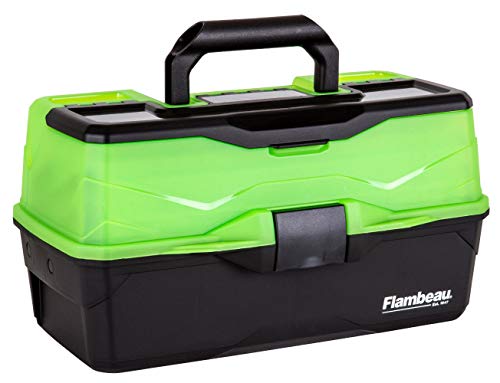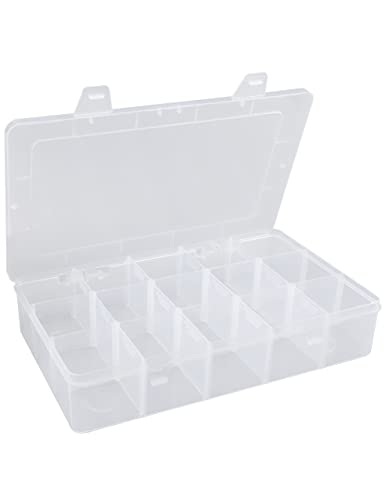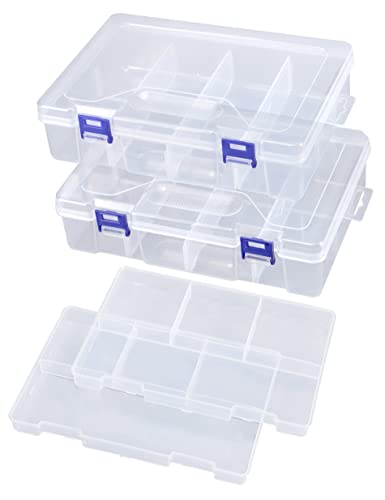Fishing the Great Lakes in Summer: A Guide to Adventure and Bounty
The Great Lakes—Superior, Michigan, Huron, Erie, and Ontario—form one of the world’s premier freshwater fishing destinations. Summer, with its warm waters and active fish, is prime time for anglers to explore these vast inland seas. Whether you’re a seasoned pro or a weekend warrior, the Great Lakes offer diverse species, stunning scenery, and unique challenges. Here’s your guide to fishing the Great Lakes in summer, covering species, techniques, locations, and tips for success.
Why Fish the Great Lakes in Summer?
Summer brings ideal conditions to the Great Lakes. Water temperatures rise, pushing fish into predictable patterns. Schools of baitfish congregate, attracting predators like salmon, trout, walleye, and bass. The long daylight hours and generally stable weather (barring occasional storms) allow for extended trips. Plus, the lakes’ sheer size means there’s always a new spot to explore, from shallow bays to deep offshore waters.
Each lake has its own personality:
-
Lake Superior: Cold, deep, and pristine, known for lake trout and coho salmon.
-
Lake Michigan: A salmon and trout powerhouse with excellent perch fishing.
-
Lake Huron: Diverse, with walleye, smallmouth bass, and salmon.
-
Lake Erie: The “walleye capital” with abundant perch and bass.
-
Lake Ontario: Famous for trophy king salmon and brown trout.
Target Species and Techniques
The Great Lakes host a variety of gamefish, and summer is when they shine. Here’s a breakdown of key species and how to catch them:
-
Salmon (Chinook, Coho, and Atlantic)
-
Where: Lake Michigan, Ontario, and Superior’s deeper waters.
-
Why Summer: Salmon migrate to cooler depths (50-150 feet) as surface waters warm, making them prime targets for trolling.
-
Techniques: Use downriggers or diving planers with spoons, flasher-fly combos, or cut bait. Target thermoclines (where water temps drop sharply) using fish finders. Early morning or late evening bites are hottest.
-
Hotspots: Ludington (MI), Oswego (NY), Door County (WI).
-
Lake Trout
-
Where: Lake Superior, Huron, and deeper parts of Michigan and Ontario.
-
Why Summer: Lake trout retreat to 80-200 feet as surface waters warm but remain active.
-
Techniques: Troll with wire lines or downriggers using dodger-spoon combos or spin glo rigs. Jigging with heavy spoons over deep structure also works.
-
Hotspots: Keweenaw Peninsula (MI), Manitoulin Island (ON).
-
Walleye
-
Where: Lake Erie, Huron, and western Michigan.
-
Why Summer: Walleye school in open water or near structure, feeding aggressively at dawn and dusk.
-
Techniques: Troll with crawler harnesses, crankbaits, or spoon rigs behind planer boards. Night fishing with stickbaits near reefs is productive. In shallow bays, cast jigs tipped with minnows or plastics.
-
Hotspots: Western Basin (Erie), Saginaw Bay (Huron).
-
Yellow Perch
-
Where: Erie, Michigan, and Huron.
-
Why Summer: Perch form massive schools in 20-60 feet, offering fast action for all skill levels.
-
Techniques: Anchor or drift with spreader rigs baited with minnows or worms. Use sonar to locate schools. Light tackle maximizes fun.
-
Hotspots: Presque Isle (PA), St. Clair Shores (MI).
-
Smallmouth Bass
-
Where: All lakes, especially Huron, Erie, and Ontario.
-
Why Summer: Bass move to rocky shoals, drop-offs, and weed edges, feeding voraciously.
-
Techniques: Cast tubes, drop-shot rigs, or crankbaits around structure. Topwater lures at dawn or dusk can trigger explosive strikes. Drift fishing with live minnows works in deeper water.
-
Hotspots: Pelee Island (Erie), Bruce Peninsula (Huron).
Planning Your Trip
1. Gear Up:
-
Boats: A sturdy boat (18-24 feet) with sonar, GPS, and downriggers is ideal for offshore trolling. Kayaks or small boats work for nearshore bass or perch.
-
Rods and Reels: Medium-heavy trolling rods with level-wind reels for salmon/trout; medium spinning setups for walleye/bass; ultralight for perch.
-
Tackle: Stock spoons (Silver Streak, Moonshine), plugs (Rapala, Storm), jigs, and live bait. Carry a range of colors—chartreuse, silver, and glow patterns are summer staples.
-
Safety: Life jackets, VHF radio, and weather apps are non-negotiable. Great Lakes weather can turn fast.
2. Know the Rules:
-
Each lake spans multiple states or provinces, with varying regulations. Check bag limits, size restrictions, and license requirements (e.g., Michigan DNR, Ohio DNR, or Ontario MNRF). Tribal waters, like those near reservations on Superior, may have separate rules.
-
A Great Lakes fishing license often covers reciprocal waters, but confirm before crossing state lines.
3. Timing and Weather:
-
June through August is peak season. July is best for walleye and perch; late July to August for salmon staging near river mouths.
-
Watch for stable weather windows. Avoid fishing during small craft advisories, as waves can hit 6-10 feet unexpectedly.
-
Fish early or late to beat heat and crowds. Moon phases influence walleye and salmon bites—full moons often spark night action.
4. Access Points and Charters:
-
Public launches are plentiful, but busy in summer. Arrive early to secure parking.
-
Charters are ideal for beginners or deep-water trips. Reputable operators run out of ports like Manistee (MI), Port Clinton (OH), and Olcott (NY). Book early—summer slots fill fast.
-
Shore fishing is viable in harbors, piers, or river mouths. Try casting spoons or live bait for salmon and trout near outflows.
Top Summer Destinations
-
Lake Erie (Western Basin, OH): World-class walleye and perch. Port Clinton is a hub with easy access to reefs.
-
Lake Michigan (Ludington, MI): Trophy Chinook salmon and steelhead. Scenic dunes add to the vibe.
-
Lake Huron (Tawas City, MI): Walleye central with bonus smallmouth and pike in bays.
-
Lake Ontario (Oswego, NY): Monster king salmon and brown trout. The Salmon River nearby is a fall preview.
-
Lake Superior (Marquette, MI): Rugged beauty and lake trout. Cooler temps make it a summer escape.
Tips for Success
-
Use Technology: Fish finders and GPS are game-changers. Apps like Fishidy or Navionics provide real-time data on hotspots and structure.
-
Match the Hatch: Mimic local baitfish (alewives, smelt, shiners) with lure size and color. Glow lures dominate in low light or deep water.
-
Stay Mobile: If bites are slow, move to new depths or areas. Fish often follow bait schools.
-
Respect the Lakes: Practice catch-and-release for trophy fish, especially salmon, to sustain populations. Clean up trash to protect these pristine waters.
-
Connect Locally: X posts from Great Lakes fishing groups (search hashtags like #GreatLakesFishing or #LakeErieWalleye) offer real-time tips on bites and conditions.
Challenges and Rewards
Fishing the Great Lakes isn’t always easy. Weather can be unpredictable, and covering vast water requires strategy. Big fish demand heavy gear and patience—landing a 30-pound Chinook is a workout. Yet the rewards are unmatched: a cooler full of perch for a family fish fry, the thrill of a screaming reel as a salmon dives, or the serenity of a sunrise over Superior’s glassy surface.
Summer on the Great Lakes is more than fishing—it’s a connection to nature’s grandeur. Whether you’re trolling for salmon off Michigan’s dunes or casting for bass in Huron’s rocky bays, these lakes deliver adventure and memories. So grab your rods, check the forecast, and hit the water. The Great Lakes are calling.
Resources:
-
Michigan DNR: michigan.gov/dnr
-
Ohio DNR: ohiodnr.gov
-
Ontario MNRF: ontario.ca/fishing
-
Navionics Charts: navionics.com
-
Great Lakes Fishery Commission: glfc.org




